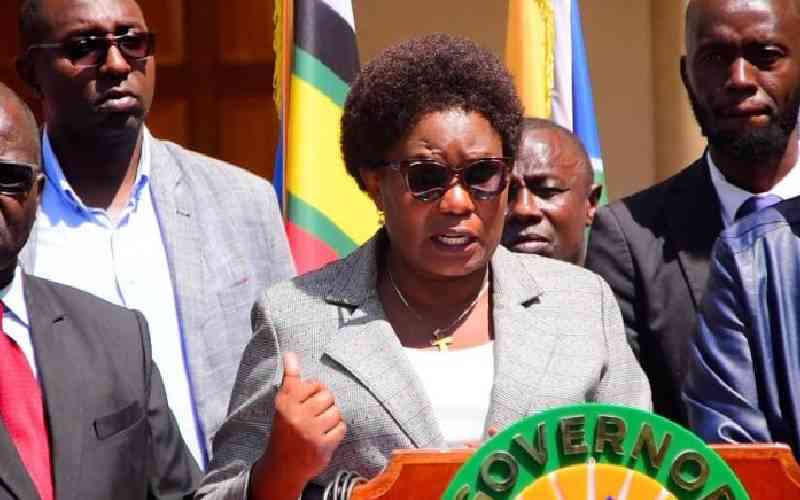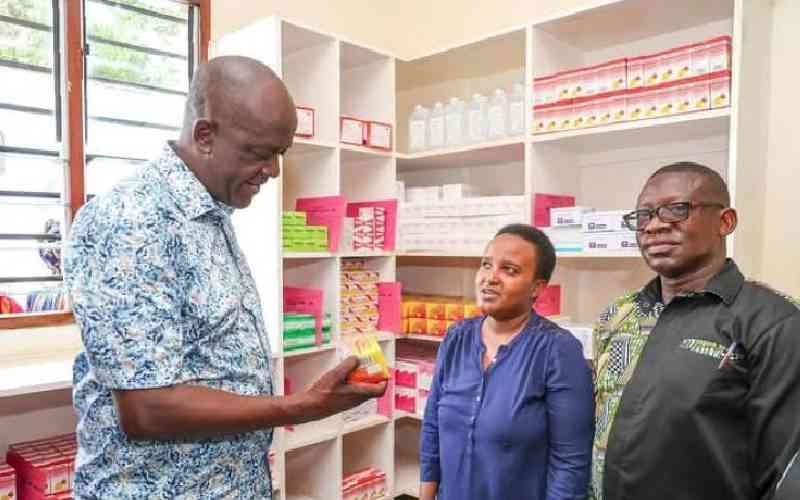By Nikhil Hira
It seems just like yesterday that I was analysing the 2011 Budget. I remember talking about widening the tax base, which is something that has been a topic of discussion for long. The matter still attracts interest these days even as politics and other such interesting issues take centre stage.
But why would this rather mundane and boring subject attracts so much attention. Well, when the few are paying taxes for the many, it is bound to be an emotive issue.
Perhaps it is worth setting the scene first. The Kenya we live in today is vastly different to that of the past. Who would have thought that we would find ourselves on the brink of civil war during the last General Election or that the International Criminal Court (ICC) would be crawling all over us?
Who anticipated that the world would face perhaps the worst recession ever and that it would impact us quite as much as it has?
The impact of these events has seen an increasing pressure on revenue collection and while the task of collecting it goes to Kenya Revenue Authority (KRA), the burden is felt by us.
A coalition Government has resulted in a spiralling expenditure of a recurrent nature that has to be financed. The uncertainty (not to mention the cost) of the next election and the pending ICC trials has had an impact on investor confidence and this is also felt in our own economic activity.
add pressure
Devolution to county governments under the new Constitution will simply add to the pressure.
Interest rates are at astronomic levels, as Central Bank tries to stabilise the shilling and cool inflation by increasing its lending rate (Central Bank Rate).
On the positive side, revenue collections since the start of the new millennium has averaged almost 18 per cent of the gross domestic product (GDP) as reported by the World Bank.
When you compare this to the BRIC countries – Brazil (16 per cent), China (nine per cent) and India (ten per cent) - we aren’t doing too badly at all. South Africa is sitting in the region of approximately 26 per cent.
Given this impressive percentage, why are we always under such pressure? My guess is that the denominator (GDP) is not as high as it could be.
So what do we need to do to spread the burden of meeting and indeed increasing revenue targets?
Revenue authorities (and ours in Kenya is no exception) are addressing compliance risks upfront by means of educating taxpayers and improving services and cooperation. The ultimate aim being to make compliance easier, and thereby enhance revenue collection. Taxpayer sensitisation plays an important role and Kenya Revenue Authority is actively doing this.
So how we can widen the tax net? Perhaps the simplest form, and one we have been using for eons, is the simple withholding tax. This is a tax that is deductible at source by the recipient of many types of services (not applicable to goods) and where the deduction is done on the gross income. The recipient, having deducted this tax, pays it to KRA and provides the provider with a certificate of tax deducted at source.
Final liability
The provider uses this certificate to offset against his or her final liability to income tax. The important point is that in order to claim this offset, one must submit a return and this is how one comes into the net. It is an effective system used globally and certainly helps to bring people into the net. While the tax is borne by the provider, it is the recipient’s obligation to deduct it and remit to the KRA. Where the recipient doesn’t, the KRA come after them and not the provider.
KRA took this a step further to introduce a scheme of VAT withholding, which was dropped last July. To me, this system was perhaps the worst measure that could have been introduced. And although it gave revenue collection a short-term boost, the level of unpaid refunds is significant and it has added considerable financial strain on an already beleaguered taxpayer. In my opinion, withholding Value Added Tax (VAT) was short term thinking, with little or no thought applied to the future consequences.
Stay informed. Subscribe to our newsletter
One of Kenya’s biggest sources of tax revenue is probably the Jua Kali sector and attempts to bring them into the tax net have been singularly unsuccessful.
As far as I am aware, there are no clear estimates of the size of Jua Kali sector. However, I would guess that if we only managed to bring in a third of it we would see a significant rise in collections.
And there is the property sector. Property prices — and indeed rental costs — seem to be climbing alarmingly fast and yet we probably do not see much tax from this for two reasons: 1) we don’t have a capital gains tax and 2) we do not know who all the landlords actually are.
record keeping
KRA has announced plans to bring landlords into the tax net, and this is a welcome move. However, until record keeping in Government offices becomes more reliable — and here I refer to the Lands Registry — I am not sure I can see how the tax collector is going to succeed.
Given that I am discussing widening the tax net, I must talk about how badly the personal identification number (PIN) number is doing. The PIN system was introduced in the early 90s and was meant to be the catch-all – everyone had to have one and needed to disclose it to carry out a transaction.
The system is a grand idea and it can still work, but not without a concrete interface between various government agencies and KRA.
Finally, I must comment on a recent proposal that all people over the age of 18 must have bank accounts. The idea is to bring more people into the tax net. Great in theory, but severely lacking in practice.
The writer is tax partner, Deloitte East Africa. The views expressed in this article are the author’s and not necessarily those of the firm.
 The Standard Group Plc is a
multi-media organization with investments in media platforms spanning newspaper
print operations, television, radio broadcasting, digital and online services. The
Standard Group is recognized as a leading multi-media house in Kenya with a key
influence in matters of national and international interest.
The Standard Group Plc is a
multi-media organization with investments in media platforms spanning newspaper
print operations, television, radio broadcasting, digital and online services. The
Standard Group is recognized as a leading multi-media house in Kenya with a key
influence in matters of national and international interest.
 The Standard Group Plc is a
multi-media organization with investments in media platforms spanning newspaper
print operations, television, radio broadcasting, digital and online services. The
Standard Group is recognized as a leading multi-media house in Kenya with a key
influence in matters of national and international interest.
The Standard Group Plc is a
multi-media organization with investments in media platforms spanning newspaper
print operations, television, radio broadcasting, digital and online services. The
Standard Group is recognized as a leading multi-media house in Kenya with a key
influence in matters of national and international interest.









